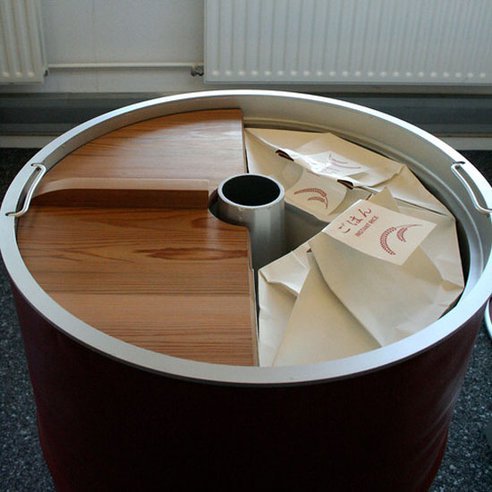.




- About Ray
- Galleries
- ZenEarth Pottery
- Interiors
- Columbia Avenue
- Clark State Road House
- Walloon Lake
- Downtown Dublin
- Chestnut St House
- Yorkshire House
- Main Street Bexley
- Alumni House
- Berner Air Curtains
- COTA Bus Depot
- Fairfax House
- Elderberry House
- Mohawk
- Beck Street House
- BlakeRose Salon
- Onandaga House
- Miranova Condominium
- Lions Gate House
- Lazelle House
- River Avon House
- Olentangy River House
- Editorial
- Stop Motion
- Still Life
- People
- Request a bid
- Contact
- Instagram

- Facebook

- LinkedIn

- Twitter














































